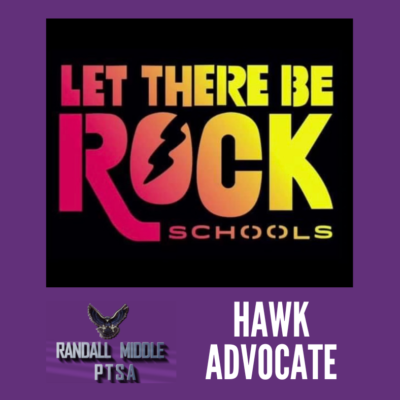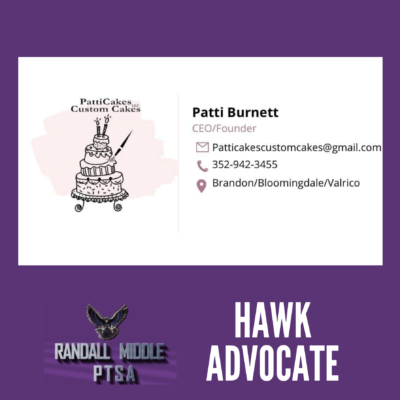Are you or someone you know a victim of bullying, cyber or physical? Here are some helpful tips from StopBullying.gov:
IF YOU ARE A STUDENT:
- Bullying stops us from being who we want to be, and prevents us from expressing ourselves freely, and might even make us feel unsafe. If you are bullied, say something! If you are bullying, it’s not cool!I might be being bullied
- SPEAK UP: If you feel uncomfortable with the comments or actions of someone… tell someone! It is better to let a trusted adult know, than to let the problem continue.
- Get familiar with what bullying is and what it is not. If you recognize any of the descriptions, you should stay calm, stay respectful, and tell an adult as soon as possible.
- If you feel like you are at risk of harming yourself or others get help now!
Someone is bullying me online or via text message
- Remember, bullying does not only happen at school. It can happen anywhere, including through texting, the internet and social media.
- Learn more about cyberbullying and how to respond if it is happening to you.
I don’t get bullied, but my friend does
- Learn how you can be more than a bystander.
IF YOU ARE A PARENT:
- Recognize the warning signs that your child is involved in bullying. They could be being bullied, bullying others, or witnessing bullying. Although these signs could signal other issues, you should talk to your child if they display any sort of behavioral or emotional changes. Many times kids won’t ask for help, so it is important to know what to look for. If your child is at immediate risk of harming himself or others, get help right away.
- Learn what bullying is and what it is not. Understanding what bullying is is the first step in forming a plan to prevent or respond to bullying with your child. Many behaviors that look like bullying may be just as serious, but may require different response strategies. You can also learn about:
- The frequency of bullying;
- Who is at risk for being bullied and bullying others; and
- The effects of bullying
- Cyberbullying often requires different strategies than in-person bullying. Learn how to work with your kids to prevent cyberbullying and how to respond when it occurs.
- Utilize tips and tools to talk to your child about bullying. Opening lines of communication before your child is involved in bullying makes it easier for them to tell you when something happens. It is also important to work with a school to help prevent bullying before it starts.
- If you know or suspect bullying has occurred, learn how to find out what has happened with your child. Understanding what has happened can also help in communicating with school or community officials about the situation.
- If you have determined bullying has occurred, learn how you and school or community officials can work together to support your child, whether they were bullied, bullied others, or witnessed bullying. Learn also about considerations for specific groups.
- If bullying is occurring at school, learn about what your state requires schools to do in your state’s anti-bullying law. Learn also about federal laws that require schools to address harassment based on race, color, national origin, sex, and disabilities and ways to report situations that have not been adequately addressed to the U.S. Departments of Education and Justice.
- If you have worked with your child and your school and need additional assistance, find resources to help address the situation.
IF YOU ARE A TEACHER:
It’s a worldwide problem. Bullying has many manifestations, many forms, and many victims. But they all have one thing in common: people get hurt and it needs to stop. Discover more on How to stop Bullying in Schools.




























